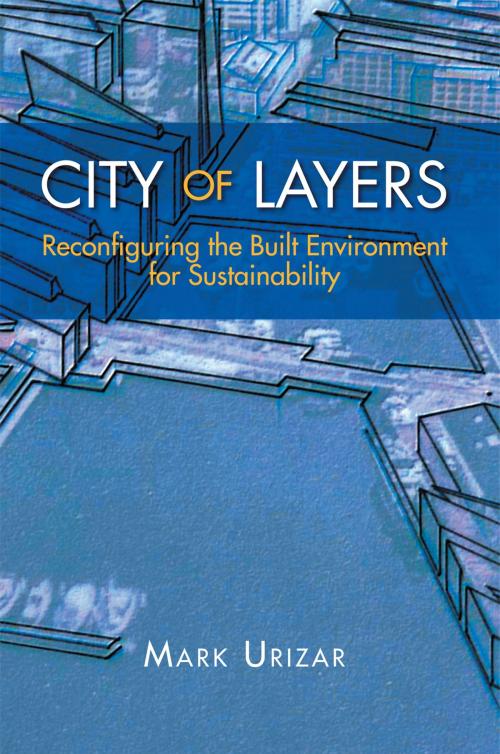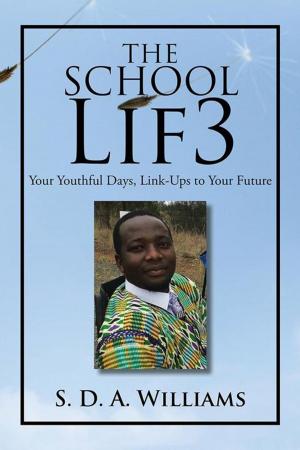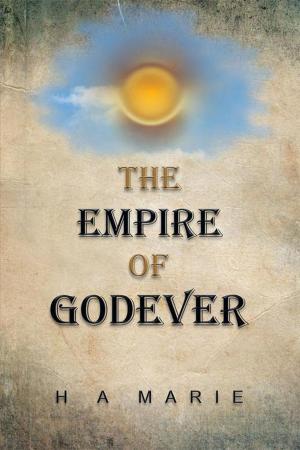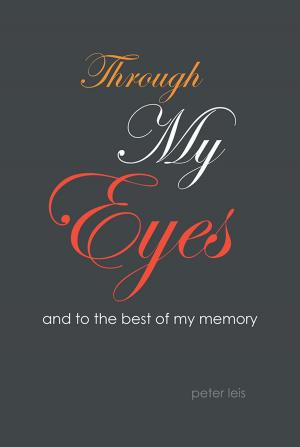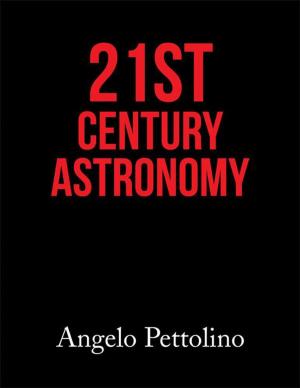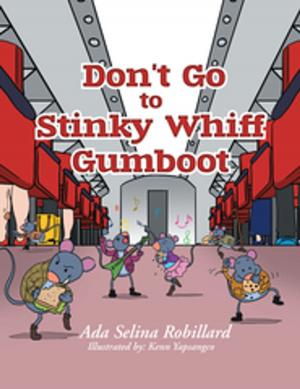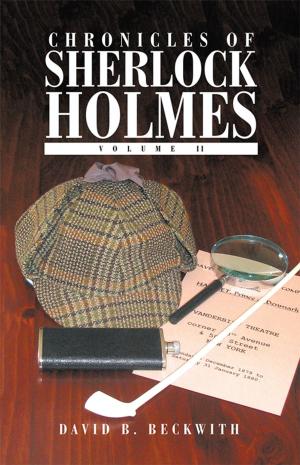City of Layers
Reconfiguring the Built Environment for Sustainability
Nonfiction, Art & Architecture, Architecture| Author: | Mark Urizar | ISBN: | 9781469191980 |
| Publisher: | Xlibris AU | Publication: | April 20, 2012 |
| Imprint: | Xlibris AU | Language: | English |
| Author: | Mark Urizar |
| ISBN: | 9781469191980 |
| Publisher: | Xlibris AU |
| Publication: | April 20, 2012 |
| Imprint: | Xlibris AU |
| Language: | English |
Society seems to be tied irrevocably to long-term patterns of resource use, and to producing unassimilatable waste, emissions, and ongoing environmental degradation. There also are seemingly irresolvable dilemmas between humanity and nature, society and ecology, and utility and beauty, where each decision we make seems to cause some harm. To change from our present path and resolve these, we must have the courage to break from traditions and use our knowhow to progressively and creatively enhance the existing built form so a new built reality emerges, one that enriches people and possibly enables a sustainable future. This alternate path necessitates a holistic approach, one that can more effectively merge and better utilise the disciplines of architecture, engineering, art, sciences and business to integrate the many different parts within the built environment, and produce a vibrant, viable new whole. With this approach, we could begin to transform the built environment into an entity that virtually replicates and functions as a natural sustainable system. Every decision we make is important. What practices, processes, technologies are applied, to how built elements are designed, placed, structured, configured and interfaced, are all important. These determine what eventuates; the built form, architecture, and the ultimate appropriateness of the resulting outcome. By determining what is appropriate, this book provides a retrospective view of the semi-static present built environment with its many in-place processes, issues, constraints, and opportunities, and postulates what is required by visualising the possible alternatives for the always growing built environment. These provide a useful insight into how the built form and urban life can be enhanced, and thereby also how humanity can use architecture to live in a more equitable balance, possibly in harmony and sustainably with nature.
Society seems to be tied irrevocably to long-term patterns of resource use, and to producing unassimilatable waste, emissions, and ongoing environmental degradation. There also are seemingly irresolvable dilemmas between humanity and nature, society and ecology, and utility and beauty, where each decision we make seems to cause some harm. To change from our present path and resolve these, we must have the courage to break from traditions and use our knowhow to progressively and creatively enhance the existing built form so a new built reality emerges, one that enriches people and possibly enables a sustainable future. This alternate path necessitates a holistic approach, one that can more effectively merge and better utilise the disciplines of architecture, engineering, art, sciences and business to integrate the many different parts within the built environment, and produce a vibrant, viable new whole. With this approach, we could begin to transform the built environment into an entity that virtually replicates and functions as a natural sustainable system. Every decision we make is important. What practices, processes, technologies are applied, to how built elements are designed, placed, structured, configured and interfaced, are all important. These determine what eventuates; the built form, architecture, and the ultimate appropriateness of the resulting outcome. By determining what is appropriate, this book provides a retrospective view of the semi-static present built environment with its many in-place processes, issues, constraints, and opportunities, and postulates what is required by visualising the possible alternatives for the always growing built environment. These provide a useful insight into how the built form and urban life can be enhanced, and thereby also how humanity can use architecture to live in a more equitable balance, possibly in harmony and sustainably with nature.
